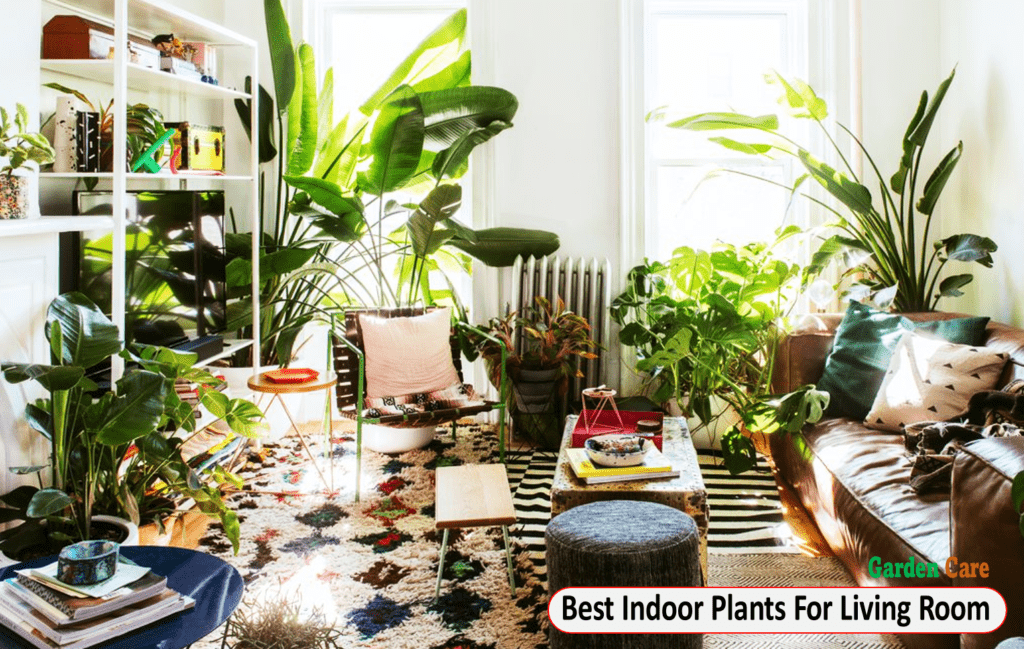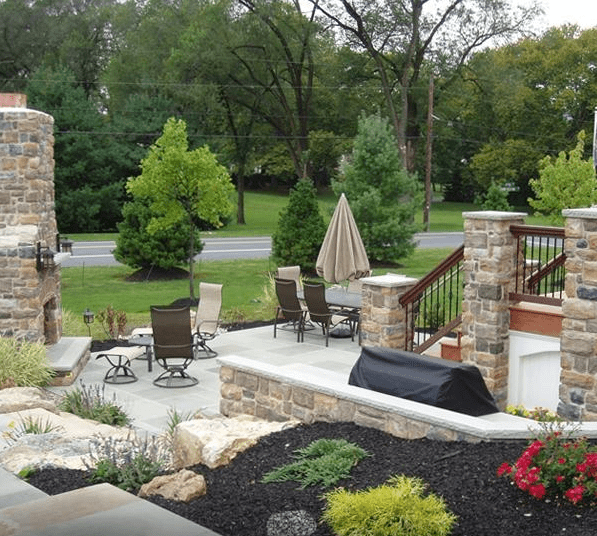Fast Growing Vegetables in Pots can be grown in pots for convenient urban gardening.
[ez-toc]

Choosing The Right Vegetables
When it comes to growing vegetables in pots, choosing the right ones is crucial for successful results. Not all vegetables are well-suited for container gardening, so it’s important to consider a few factors before selecting the plants for your pots. In this section, we will explore some key points to keep in mind while choosing fast-growing vegetables that thrive in pots.
Consider Your Climate
Understanding the climate conditions of your area is essential for choosing vegetables that will thrive in your pots. Some vegetables prefer warm temperatures, while others can withstand cooler climates. Take into account the average temperature range, sunlight availability, and rainfall in your region.
If you live in a hot climate with long summers, opt for heat-tolerant vegetables like chili peppers, eggplants, and tomatoes. These plants thrive in warmer temperatures and require full sun exposure. On the other hand, if you reside in a cooler region, consider growing frost-tolerant vegetables such as lettuce, spinach, and kale. These greens can withstand lower temperatures and shorter sunlight hours.
A good idea is to consult the USDA Hardiness Zone Map for your region. This map categorizes different areas based on their expected lowest temperature during winter. By knowing your zone, you can better select vegetables that are suited for the specific climate conditions in your region.
Select Compact Varieties
Since we are focusing on growing vegetables in pots, it’s crucial to choose varieties that are compact and well-suited for container gardening. Compact varieties have a smaller growth habit and are less likely to outgrow their containers. These plants are perfect for limited space and can be grown in smaller pots or hanging baskets.
When selecting compact vegetable varieties, look for keywords like “bush” or “dwarf” in their names. For example, you can choose bush beans, cherry tomatoes, or baby carrots. These varieties are bred to stay small and will not take up too much space.
Another advantage of compact vegetable varieties is that they often have shorter maturity periods. This means you can enjoy your homegrown harvests sooner. Additionally, their smaller size makes them easier to maintain, as they require less pruning and support compared to larger varieties.
Conclusion
Choosing the right vegetables for your container garden is vital for a successful and bountiful harvest. By considering your climate and selecting compact varieties, you can ensure that your vegetables grow well in pots. Whether you have limited space, want to explore urban gardening, or simply prefer the convenience of container gardening, these tips will help you make the best choices for your vegetable pots.
Preparing The Pots
To prepare the pots for fast-growing vegetables, ensure they have good drainage and the right size. Use high-quality potting mix and fertilize as needed for optimal growth. Additionally, choose a sunny spot and water regularly for successful container gardening.
Preparing the Pots When it comes to growing fast-growing vegetables in pots, one of the most crucial steps to ensure success is properly preparing the pots. This involves setting up proper drainage and using nutrient-rich soil suited for the vegetables you plan to grow.
In this section, we will explore these essential aspects in detail, ensuring your vegetables thrive and grow to their fullest potential. Proper Drainage Having proper drainage in your pots is vital for the health and growth of your vegetables.
Without it, excess water can accumulate, leading to root rot and other moisture-related issues. Ensure your pots have drainage holes at the bottom to allow water to escape. You can also consider adding a layer of fine gravel or broken pottery shards to the bottom of the pot. This helps prevent the drainage holes from getting clogged, ensuring water flows freely. Nutrient-rich Soil To give your fast-growing vegetables the best chance to thrive, it’s crucial to provide them with nutrient-rich soil.
This means using a high-quality potting mix specifically designed for container gardening. Such soil blends typically include a balanced combination of organic matter, perlite, vermiculite, and other necessary nutrients. Look for a mix labeled for vegetables or choose one suited to the specific vegetables you plan to grow. Creating your nutrient-rich soil mix is also an option. Combining equal parts of peat moss, compost, and coarse sand or perlite creates a well-draining, nutrient-rich medium for your plants. This blend allows for proper root growth and uptake of essential nutrients. Consider adding slow-release organic fertilizer to further enhance the soil’s nutrient content and provide your plants with a continuous supply of nourishment.
In conclusion, when preparing the pots for your fast-growing vegetables, remember to prioritize proper drainage and nutrient-rich soil. These essential factors will contribute to the success of your container garden, providing the ideal environment for your plants to grow and thrive. With the right preparation, your pots will become a fertile home for vibrant, healthy vegetables that will grace your table in no time.
Planting And Caring Techniques
Successful gardening in pots requires understanding the specific needs of the fast-growing vegetables. From optimal sunlight exposure to regular watering and feeding, there are essential techniques to ensure the health and growth of your potted vegetables.
Optimal Sunlight Exposure
Fast-growing vegetables, such as lettuce and spinach, thrive in areas with ample sunlight. Place your pots in locations that receive at least 6 hours of direct sunlight daily.
Regular Watering And Feeding
A consistent watering schedule is crucial for the growth of fast-growing vegetables. Provide enough water to keep the soil consistently moist but not waterlogged. Additionally, feeding your potted plants with a balanced, organic fertilizer every 2-4 weeks will ensure they receive the necessary nutrients for healthy growth.
Harvesting And Maintenance
Harvesting and maintenance are essential tasks when it comes to growing vegetables in pots. Monitoring growth, managing pests and diseases, and ensuring proper care can go a long way in achieving a bountiful harvest. Let’s delve into these aspects in more detail.
Monitoring Growth
Keeping a close eye on the growth of your vegetables is crucial for their overall health and productivity. Here are some tips on how to monitor their progress:
- Regular Observation: Check your plants daily to see if there are any signs of growth or problems.
- Measure Height and Width: Use a measuring tape or ruler to track the height and width of your plants. This will help you determine if they are growing at a healthy rate.
- Recording Changes: Keep a gardening journal or use a smartphone app to record any changes you notice in your plants. This will help you track their growth and make necessary adjustments.
Pest And Disease Management
Preventing and managing pests and diseases is crucial for the health of your vegetable plants. Here are some ways to tackle these challenges:
- Regular Inspections: Regularly inspect your plants for signs of pests or diseases, such as chewed leaves or spots on the foliage.
- Early Intervention: If you spot any pests or diseases, take immediate action to prevent their spread. Remove affected leaves or use organic remedies like neem oil or homemade sprays to control the problem.
- Natural Predators: Attract beneficial insects, like ladybugs and lacewings, to your garden. They can help control pests naturally.
- Proper Sanitation: Clean up fallen leaves and other plant debris, as they can harbor pests and diseases. Dispose of them properly to prevent infestations.
By implementing these pest and disease management strategies, you can protect your plants from potential harm and ensure a healthy harvest.
Maximizing Yield
When it comes to growing vegetables in pots, maximizing yield is the key to getting the most out of your limited space. By employing smart gardening techniques, you can optimize the growth and productivity of your plants, ensuring a bountiful and continuous harvest.
Succession Planting
What is Succession Planting?
Succession planting involves staggering the planting of various crops at different times to ensure a continuous supply of fresh produce. By doing this, you can take advantage of the growing season and make the most out of your available space. When one crop finishes producing, another is ready to take its place, allowing you to enjoy a constant harvest throughout the growing season.
- Plan your planting schedule ahead, taking into account the recommended time to maturity for each vegetable.
- Start by planting crops that have shorter growing seasons or those that can tolerate cooler temperatures early in the season.
- As these crops approach maturity, start planting the next batch of vegetables that have longer growing seasons or prefer warmer temperatures.
- Continue this process throughout the season, ensuring a continuous supply of fresh vegetables from your pots.
Utilizing Vertical Space
Why Utilize Vertical Space?
When gardening in pots, utilizing vertical space is crucial for maximizing your yield. By growing plants vertically, you can make the most out of your limited surface area, allowing you to grow a greater quantity and variety of vegetables in a smaller footprint.
- Choose vining or climbing vegetables, such as cucumbers, beans, or tomatoes, that naturally grow upwards.
- Provide sturdy trellises, stakes, or cages to support the upward growth of your plants.
- Consider using hanging baskets or vertical planters to further maximize your space.
- Train your plants to grow vertically by gently tying their stems to the support structures as they grow.
Frequently Asked Questions For Fast Growing Vegetables In Pots
Can You Grow Vegetables In Pots?
Yes, you can grow vegetables in pots! In fact, many vegetables thrive in containers, making it a convenient option especially for those with limited space or no backyard at all. Just make sure to choose the right size pot, use quality soil, and provide adequate sunlight and water for your vegetables to grow successfully.
What Are The Benefits Of Growing Vegetables In Pots?
Growing vegetables in pots has several benefits. Firstly, it allows you to have a garden even in small spaces like balconies or rooftops. It also gives you more control over the growing conditions, including soil quality and drainage. Additionally, container gardening minimizes the risk of pest and disease infestations, making it easier to maintain a healthy vegetable garden.
Which Vegetables Are Fast-growing In Pots?
Several vegetables are known for their fast-growing nature in pots. Radishes, lettuce, spinach, and arugula are some examples. These vegetables have shorter growing cycles and can be harvested relatively quickly. This makes them perfect for container gardening, as you can enjoy fresh produce in a shorter amount of time compared to vegetables with longer growth periods.
Conclusion
In an era where space is limited, growing vegetables in pots offers a practical solution. Whether you’re a novice or an experienced gardener, the fast-growing vegetables discussed are perfect for your container garden. With proper care and attention, you can enjoy a bountiful harvest in no time.
Happy gardening!


